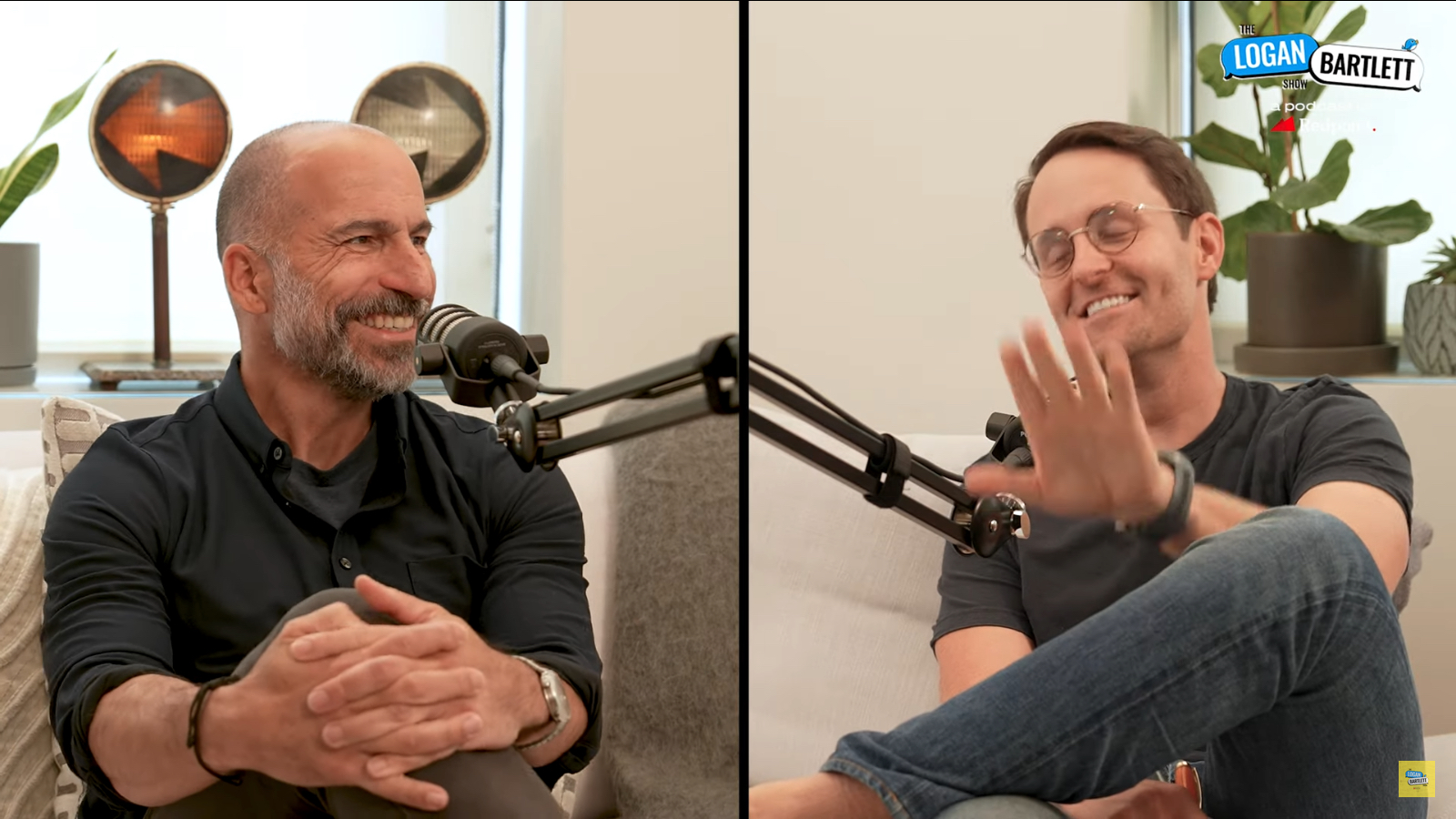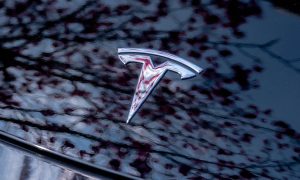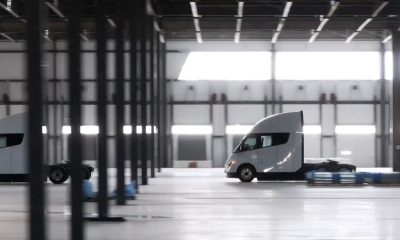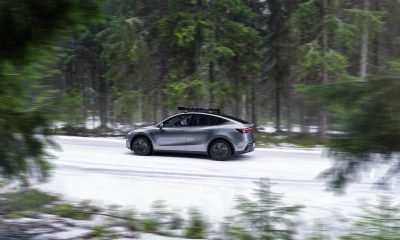The CEO of ride-sharing platform Uber has shared some of his doubts about Tesla’s ability to effectively execute robotaxi plans for its customers, pointing to the customer service side of the business as well as vehicle owner skepticism about letting strangers into their cars.
Tesla plans to launch a robotaxi platform in October, and CEO Elon Musk has talked at length over the years about hopes that such a platform could let owners’ vehicles work in a ride-sharing capacity while not in use, effectively making them money while driving themselves and ride-share passengers.
On Friday, Uber CEO Dara Khosrowshahi appeared on the Logan Bartlett Show on YouTube to discuss autonomous vehicles, during which he expressed more than a few doubts about Tesla’s robotaxi plans. For one, he says, peak ride-sharing times might coincide with the times owners want to use their own vehicles.
“Probably the times at which you’re going to want your Tesla are probably going to be the same times that ridership is going to be at a peak,” Khosrowshahi said during the interview.
He also notes that he doesn’t think society is prepared for self-driving vehicles, even if they are getting closer to goals of becoming safer than human drivers.
“Logic would dictate that if robots are twice as good a driver or three times as good as drivers as humans, that’s good for society going forward, but I honestly don’t know if society’s ready to accept that,” Khosrowshahi said.
The Uber CEO also talked about the business changes that Tesla would need to invest in to successfully build such a platform, and he noted how different he believes the ride-sharing and vehicle-building businesses really are.
“It’s a really, really different business you know, as well as talking about hardware, to build a $20,000 or $50,000 piece of hardware from driving over 30 million transactions every day that on a revenue basis you make $2 off of,” he added. “It’s just a very, very different business.”
Khosrowshahi also goes on to highlight the extra platforms that companies have to create to accommodate things that can go wrong in a ride-sharing vehicle, from people getting sick and wanting to pay with cash to those losing items in their ride-share, accidents, and more.
Unsurprisingly, he notes that it might be worthwhile for Tesla to partner with ride-sharing services like Uber in the future instead of developing its own, noting that he thinks the automaker could benefit from partnering with Uber.
“It’s taken us 15 years. It’s taken us tens of billions of dollars of capital, and we can provide that instantly to a partner,” Khosrowshahi added. “Hopefully, Tesla will be one of those partners.”
You can see the full interview with Uber CEO Dara Khosrowshahi below, as hosted by the Logan Bartlett show.
To be sure, Tesla has already teased a mobile platform it has been building for its robotaxi plans, and it has been developing its Full Self-Driving (FSD) Supervised for the past several years through testing and training from drivers that have purchased the software.
Other companies like Waymo and Cruise have also been working on their own driverless ride-hailing solutions, with the former already offering paid rides in select areas for the service. Despite this, Musk has previously highlighted that he thinks these companies will have a lot more trouble scaling these services, due to their requirements of high-density mapping of specific serviceable areas.
These, Musk says, are unlike FSD, which can theoretically be used just about anywhere due to its camera-based system and continuously-trained neural network. It’s worth noting that Tesla’s FSD still requires supervision, hence the name FSD “Supervised,” and it isn’t exactly clear just yet when the company expects to launch unsupervised versions of the software.
Although Tesla was originally supposed to hold its robotaxi unveiling event this month, Musk noted that the delayed event would allow the company to make some important changes and allow it to show off additional features.
“Requested what I think is an important design change to the front, and extra time allows us to show off a few other things,” Musk wrote in a post on X last month.
What are your thoughts? Let me know at zach@teslarati.com, find me on X at @zacharyvisconti, or send us tips at tips@teslarati.com.
News
Tesla cleared in Canada EV rebate investigation
Tesla has been cleared in an investigation into the company’s staggering number of EV rebate claims in Canada in January.
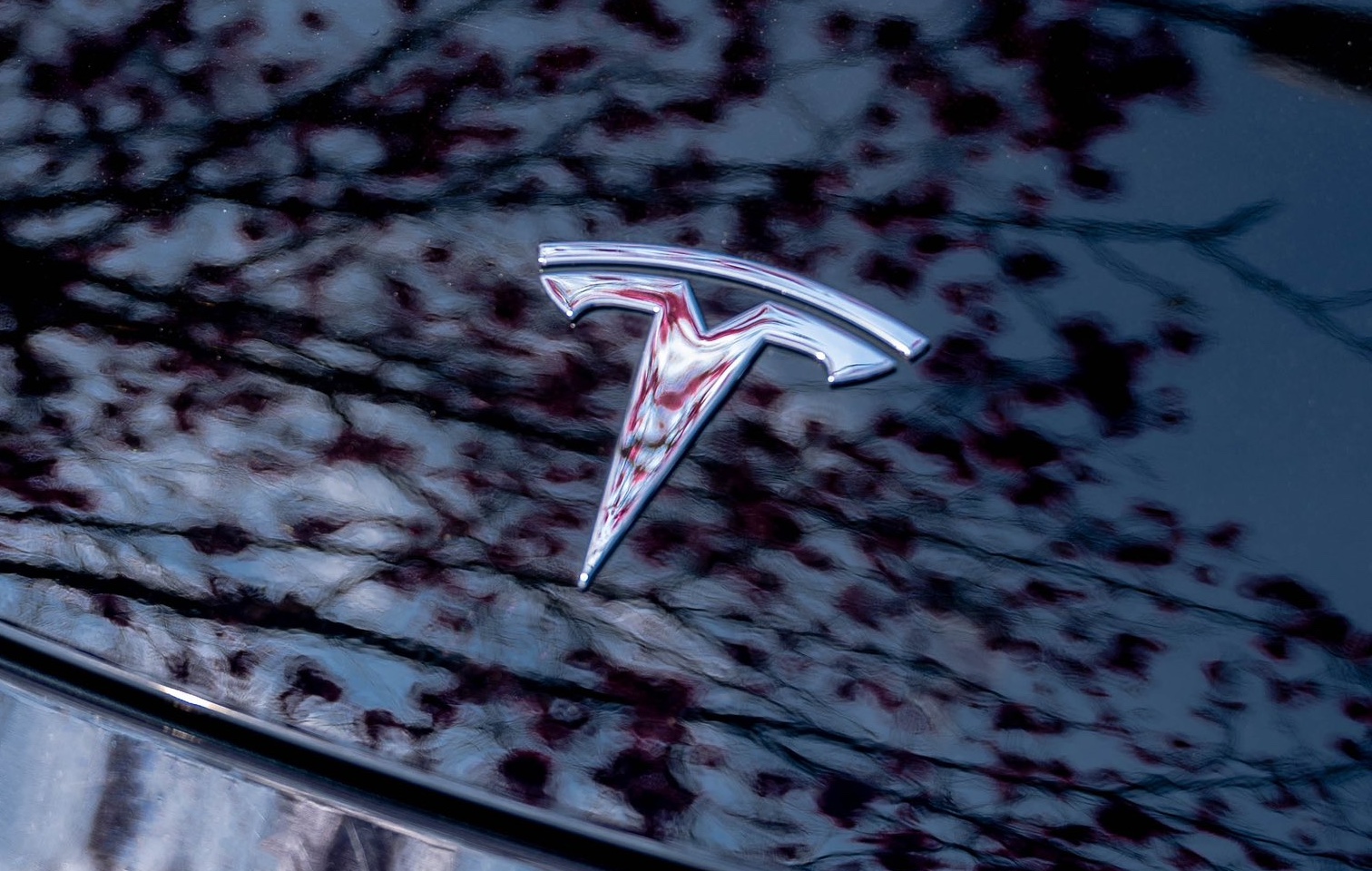
Canadian officials have cleared Tesla following an investigation into a large number of claims submitted to the country’s electric vehicle (EV) rebates earlier this year.
Transport Canada has ruled that there was no evidence of fraud after Tesla submitted 8,653 EV rebate claims for the country’s Incentives for Zero-Emission Vehicles (iZEV) program, as detailed in a report on Friday from The Globe and Mail. Despite the huge number of claims, Canadian authorities have found that the figure represented vehicles that had been delivered prior to the submission deadline for the program.
According to Transport Minister Chrystia Freeland, the claims “were determined to legitimately represent cars sold before January 12,” which was the final day for OEMs to submit these claims before the government suspended the program.
Upon initial reporting of the Tesla claims submitted in January, it was estimated that they were valued at around $43 million. In March, Freeland and Transport Canada opened the investigation into Tesla, noting that they would be freezing the rebate payments until the claims were found to be valid.
READ MORE ON ELECTRIC VEHICLES: EVs getting cleaner more quickly than expected in Europe: study
Huw Williams, Canadian Automobile Dealers Association Public Affairs Director, accepted the results of the investigation, while also questioning how Tesla knew to submit the claims that weekend, just before the program ran out.
“I think there’s a larger question as to how Tesla knew to run those through on that weekend,” Williams said. “It doesn’t appear to me that we have an investigation into any communication between Transport Canada and Tesla, between officials who may have shared information inappropriately.”
Tesla sales have been down in Canada for the first half of this year, amidst turmoil between the country and the Trump administration’s tariffs. Although Elon Musk has since stepped back from his role with the administration, a number of companies and officials in Canada were calling for a boycott of Tesla’s vehicles earlier this year, due in part to his association with Trump.
News
Tesla Semis to get 18 new Megachargers at this PepsiCo plant
PepsiCo is set to add more Tesla Semi Megachargers, this time at a facility in North Carolina.
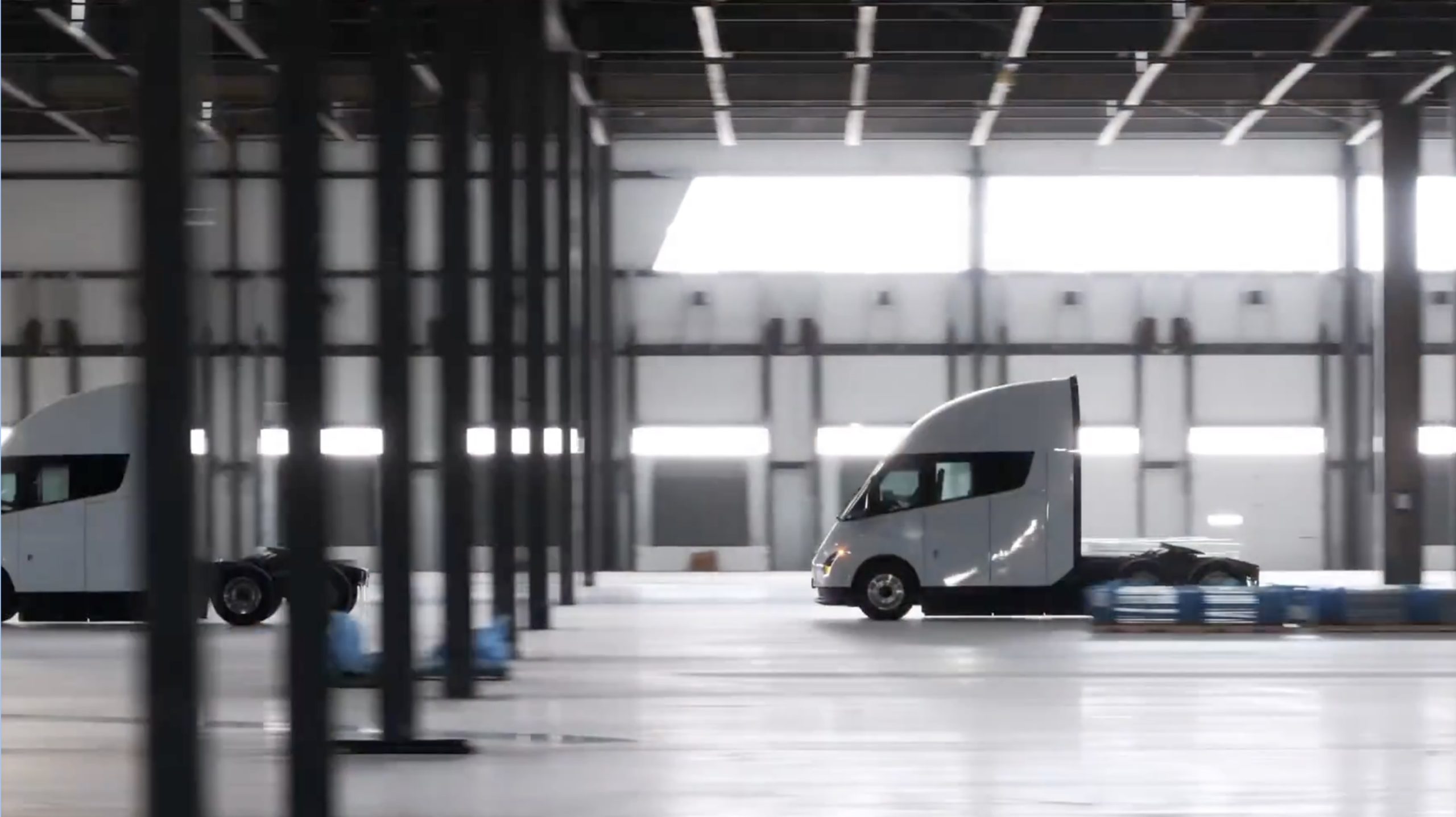
Tesla partner PepsiCo is set to build new Semi charging stations at one of its manufacturing sites, as revealed in new permitting plans shared this week.
On Friday, Tesla charging station scout MarcoRP shared plans on X for 18 Semi Megacharging stalls at PepsiCo’s facility in Charlotte, North Carolina, coming as the latest update plans for the company’s increasingly electrified fleet. The stalls are set to be built side by side, along with three Tesla Megapack grid-scale battery systems.
The plans also note the faster charging speeds for the chargers, which can charge the Class 8 Semi at speeds of up to 1MW. Tesla says that the speed can charge the Semi back to roughly 70 percent in around 30 minutes.
You can see the site plans for the PepsiCo North Carolina Megacharger below.
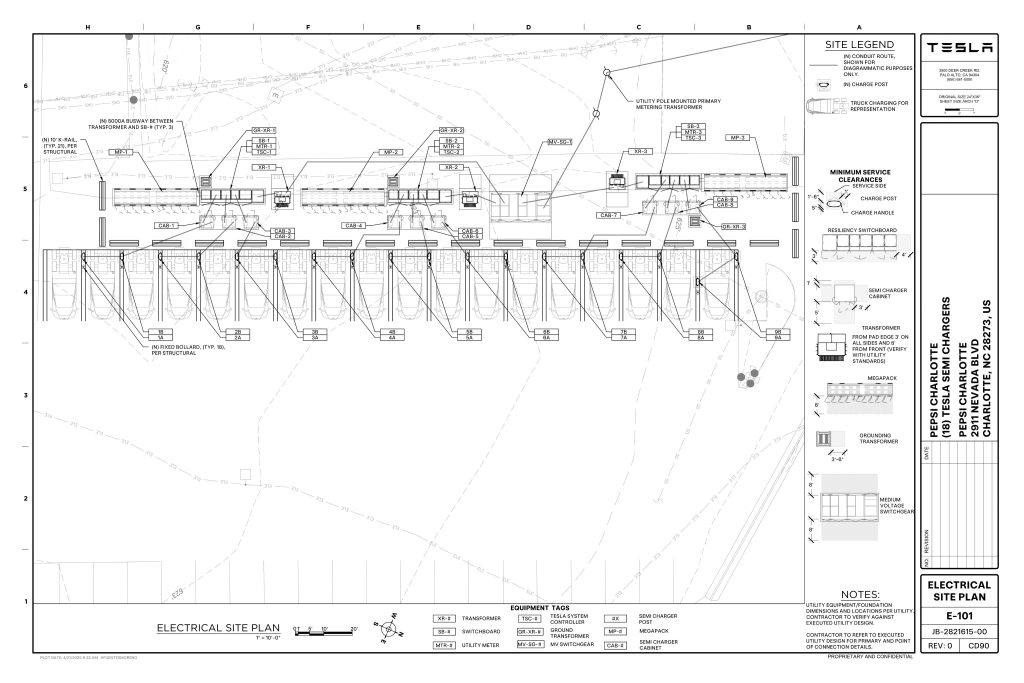
Credit: PepsiCo (via MarcoRPi1 on X)
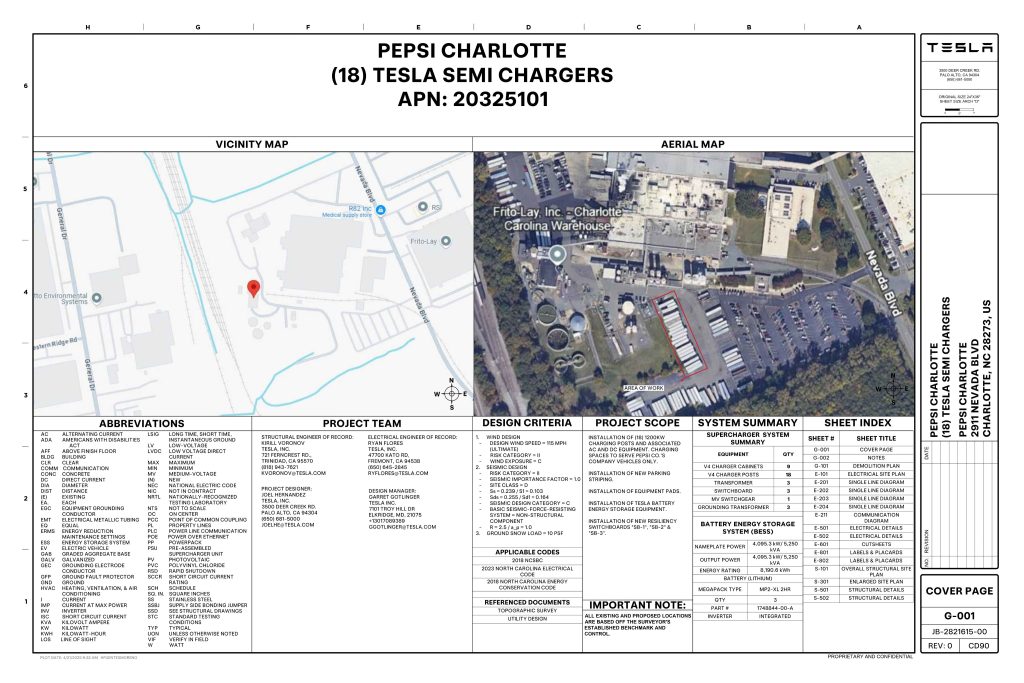
Credit: PepsiCo (via MarcoRPi1 on X)
READ MORE ON THE TESLA SEMI: Tesla to build Semi Megacharger station in Southern California
PepsiCo’s Tesla Semi fleet, other Megachargers, and initial tests and deliveries
PepsiCo was the first external customer to take delivery of Tesla’s Semis back in 2023, starting with just an initial order of 15. Since then, the company has continued to expand the fleet, recently taking delivery of an additional 50 units in California. The PepsiCo fleet was up to around 86 units as of last year, according to statements from Semi Senior Manager Dan Priestley.
Additionally, the company has similar Megachargers at its facilities in Modesto, Sacramento, and Fresno, California, and Tesla also submitted plans for approval to build 12 new Megacharging stalls in Los Angeles County.
Over the past couple of years, Tesla has also been delivering the electric Class 8 units to a number of other companies for pilot programs, and Priestley shared some results from PepsiCo’s initial Semi tests last year. Notably, the executive spoke with a handful of PepsiCo workers who said they really liked the Semi and wouldn’t plan on going back to diesel trucks.
The company is also nearing completion of a higher-volume Semi plant at its Gigafactory in Nevada, which is expected to eventually have an annual production capacity of 50,000 Semi units.
Tesla executive teases plan to further electrify supply chain
News
Tesla sales soar in Norway with new Model Y leading the charge
Tesla recorded a 54% year-over-year jump in new vehicle registrations in June.
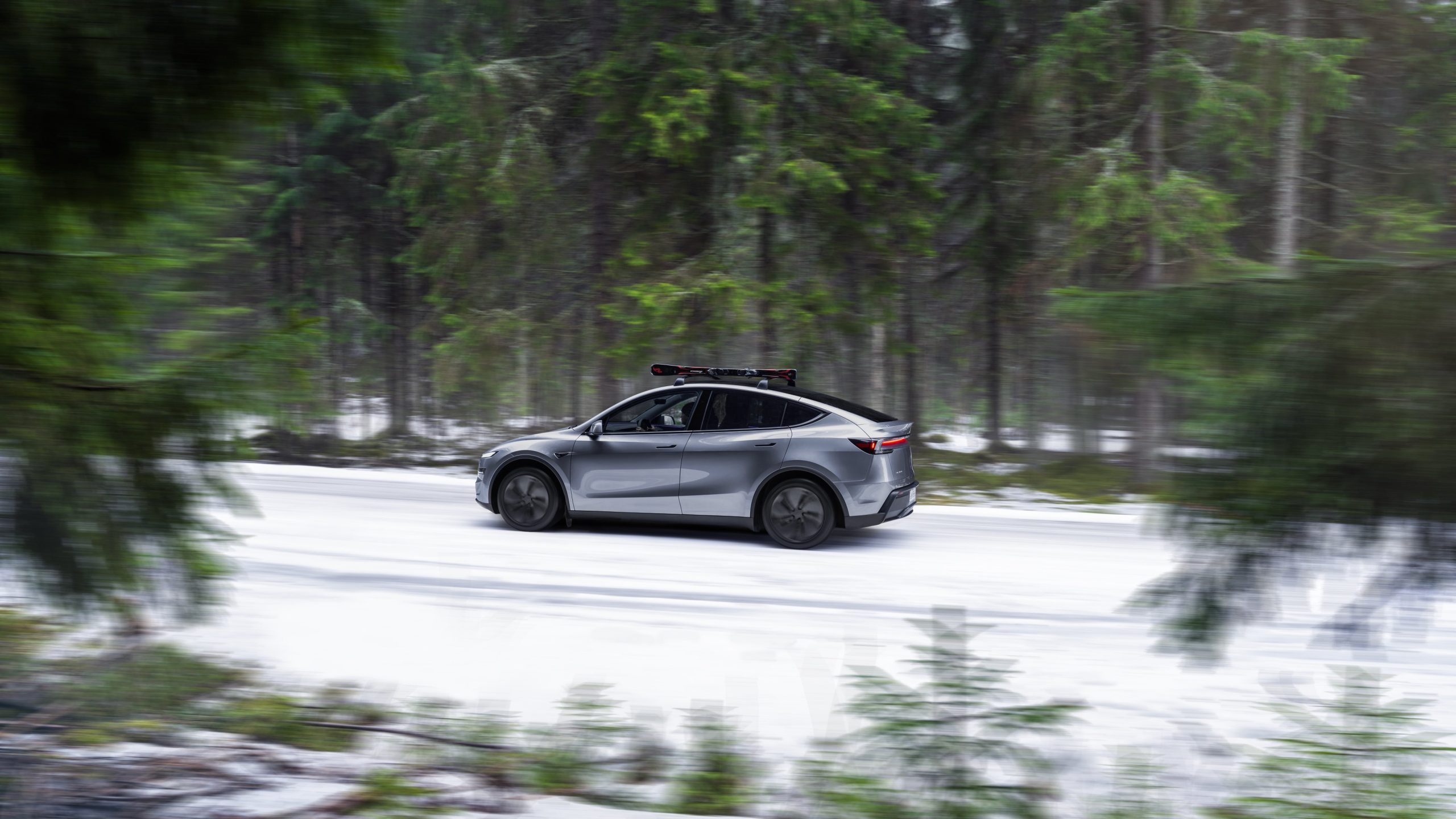
Tesla is seeing strong momentum in Norway, with sales of the new Model Y helping the company maintain dominance in one of the world’s most electric vehicle-friendly markets.
Model Y upgrades and consumer preferences
According to the Norwegian Road Federation (OFV), Tesla recorded a 54% year-over-year jump in new vehicle registrations in June. The Model Y led the charge, posting a 115% increase compared to the same period last year. Tesla Norway’s growth was even more notable in May, with sales surging a whopping 213%, as noted in a CNBC report.
Christina Bu, secretary general of the Norwegian EV Association (NEVA), stated that Tesla’s strong market performance was partly due to the updated Model Y, which is really just a good car, period.
“I think it just has to do with the fact that they deliver a car which has quite a lot of value for money and is what Norwegians need. What Norwegians need, a large luggage space, all wheel drive, and a tow hitch, high ground clearance as well. In addition, quite good digital solutions which people have gotten used to, and also a charging network,” she said.
Tesla in Europe
Tesla’s success in Norway is supported by long-standing government incentives for EV adoption, including exemptions from VAT, road toll discounts, and access to bus lanes. Public and home charging infrastructure is also widely available, making the EV ownership experience in the country very convenient.
Tesla’s performance in Europe is still a mixed bag, with markets like Germany and France still seeing declines in recent months. In areas such as Norway, Spain, and Portugal, however, Tesla’s new car registrations are rising. Spain’s sales rose 61% and Portugal’s sales rose 7% last month. This suggests that regional demand may be stabilizing or rebounding in pockets of Europe.
-

 Elon Musk2 weeks ago
Elon Musk2 weeks agoTesla investors will be shocked by Jim Cramer’s latest assessment
-

 Elon Musk2 days ago
Elon Musk2 days agoxAI launches Grok 4 with new $300/month SuperGrok Heavy subscription
-

 Elon Musk4 days ago
Elon Musk4 days agoElon Musk confirms Grok 4 launch on July 9 with livestream event
-

 News1 week ago
News1 week agoTesla Model 3 ranks as the safest new car in Europe for 2025, per Euro NCAP tests
-

 Elon Musk2 weeks ago
Elon Musk2 weeks agoA Tesla just delivered itself to a customer autonomously, Elon Musk confirms
-

 Elon Musk1 week ago
Elon Musk1 week agoxAI’s Memphis data center receives air permit despite community criticism
-

 News2 weeks ago
News2 weeks agoXiaomi CEO congratulates Tesla on first FSD delivery: “We have to continue learning!”
-

 News2 weeks ago
News2 weeks agoTesla sees explosive sales growth in UK, Spain, and Netherlands in June

